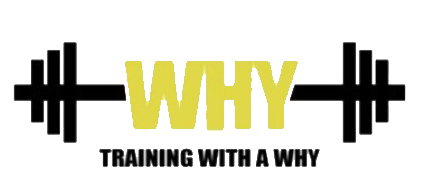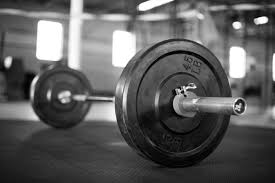“What are you doing in the gym today? Arms? Shoulders? Chest? You’re not doing legs, right?” “No, I did legs last month.”
That is usually the exchange that goes on between two gym buddies when discussing their upcoming workout. Focusing on one or even two muscle groups a day is a great way to achieve mass and an aesthetic look while also giving you a great pump. These are your typical bodybuilding style workouts. As an athlete, however, the training needs to be different to fit different needs. I’ve had the opportunity to work with hundreds of young athletes over the past few years and it can be challenging at times to explain to them why they don’t train in this classic bodybuilding style. Most athletes, especially when they are young, start working out because their older brother or friends are doing it. They learn quickly that bench press and curls look and feel awesome. They soon realize that girls dig arms, and no one cares about training legs. They view every exercise in terms of what singular muscle it is focusing on and sometimes breaking that muscle down into an even smaller portion (i.e. upper chest.)
When training for athletic performance you can’t look at the body in terms of muscles or even individual body parts. Instead, think about everything being interconnected. I like to think of the human body as a big computer; a complex system where seemingly unrelated parts have an effect on how well each other performs. An athletic feat is rarely the result of a single muscle or body part and the training should represent this. Instead of thinking in terms of training a certain muscle, start thinking about training a movement.
The four basic movements are a press/push, a pull, a squat, and a hinge. You’ll find that these are not only the movements of training but these four movements comprise the movements athletes use most often to perform. These are compound movements meaning to perform each of them correctly you will use more than one joint. This coincides with athletic performance in which you use multiple joints at the same time. Because compound movements use multiple joints and therefore multiple muscle groups, you can move the most weight with these exercises. The best way to move those large amounts of weights is with a barbell. As I discussed in one of my previous articles, “Become Strong,” the barbell is simply the best tool to increase strength. The four barbell exercises that best represent the basic movements are the bench press, strict press, squat and deadlift. Bent over row variations and pull ups are the most common exercises representing the pulling movement.
These compound movements with a barbell have benefits besides increased strength that cannot always be seen with an untrained eye. One of the major benefits is increased neuromuscular coordination. Neuromuscular coordination is how our nervous system coordinates with our muscles and is one of the biggest contributors to athletic success. Other benefits include improved balance, core strength, power, speed and so on and so forth. I will write separate articles for each of these benefits, but for now, this article will simply bring awareness to the fact that the body is a system and that system works as one unit in athletic performance.
A good example of the difference between the typical bodybuilding style workouts and training for athletic performance would be to compare dumbbell raises and the strict press. If you are unfamiliar with the strict press, check out part two of the four part series “Exercises You Aren’t Doing but Should” on this site. Okay yes, you will get a great pump in your shoulders doing dumbbell raises and if done regularly you will start to develop boulders for shoulders. No doubt a great exercise for building an aesthetic look. However, this exercise isolates only the deltoid muscle (isolation being the goal of bodybuilding). On the other hand when performing a standing strict press the body acts as a system. Anyone who has ever done this exercise feels this right away. The tight glutes set a base for pressing the weight; the spinal erectors and core muscles brace the back and transfer energy from the lower body to the upper body; the deltoids and upper chest help initiate movement of the barbell and the triceps help lock the barbell out over head. All of this occurring while neuromuscular connections are making sure you don’t fall over. With one exercise you just became stronger and improved neuromuscular efficiency, core strength, balance, and transfer of energy. All of which will improve athletic performance.
I hope that this article shed a light on why athletes need to train a certain way. Yes, I know that it sounds basic of me to tell athletes to lift heavy weight with a barbell, but if you have read any of my previous articles you know that I believe the simplest ways are the best ways. I too can come up with five different balance exercises that will look cool and make me sound really smart and I could distract you with new and shiny pieces of equipment that wobble and are brightly colored. Or, I can save you a bunch of time and energy and have you pick a heavy barbell off the ground and press it over your head. Did you fall over? No? Good, you can thank me for your improved athletic performance later. Please subscribe to this site and share this article so that I can reach more readers who may be interested in these topics. Thanks!


